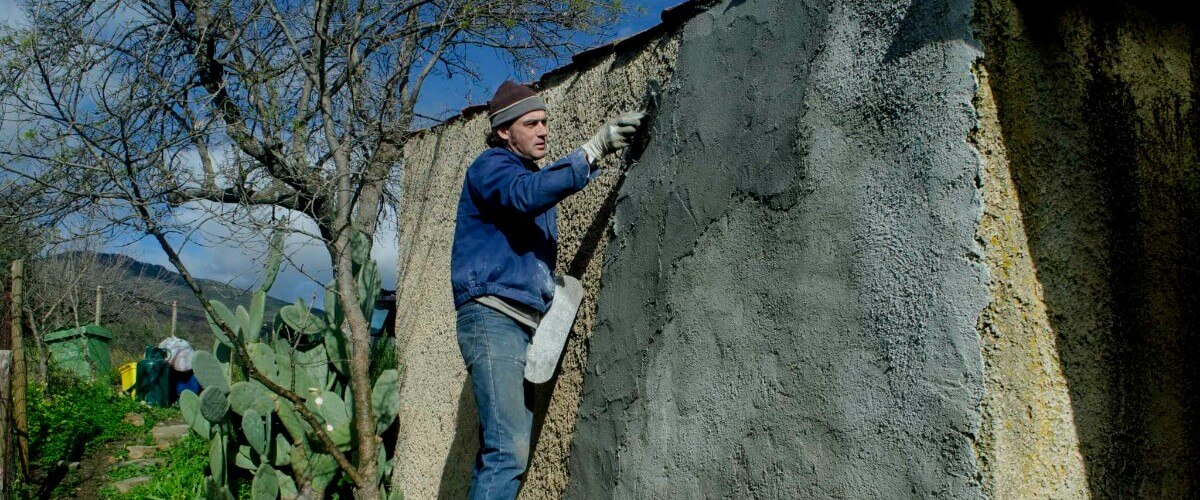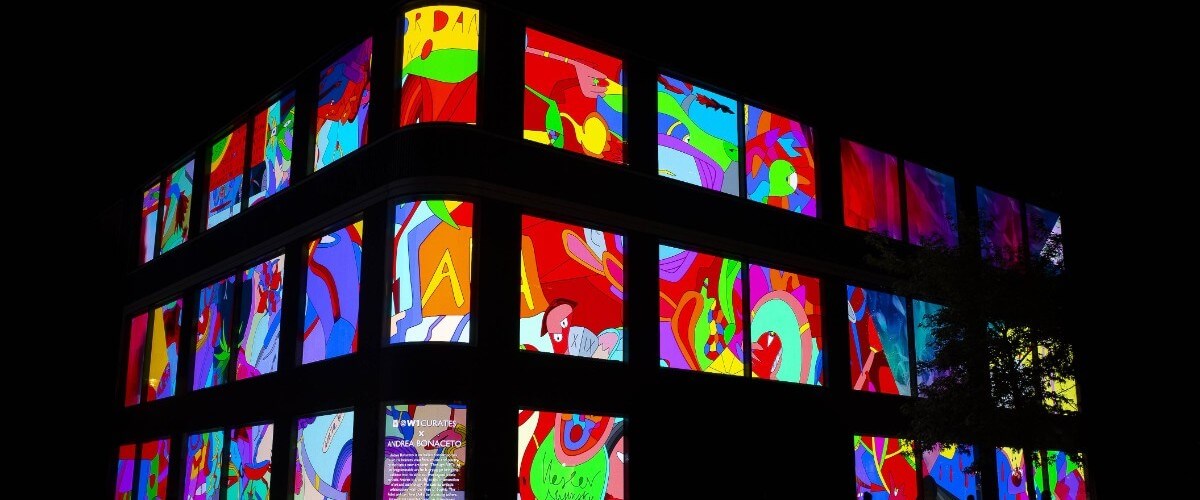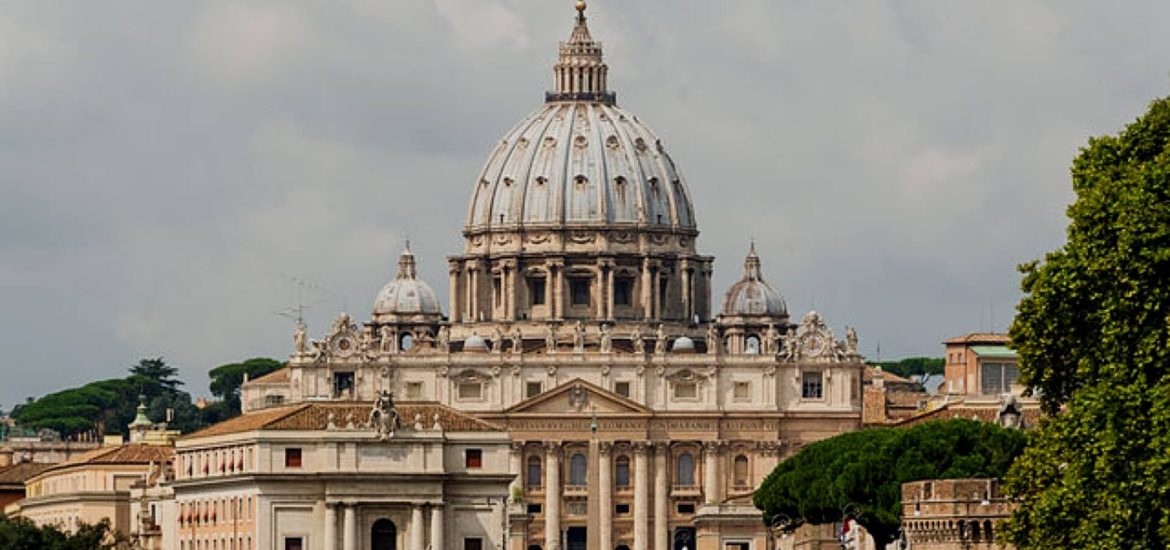Whether it is a visit to the Roman Colosseum, admiring the Duomo di Milano in Milan, or discovering the ancient wonders of Pompei and its surroundings – when it comes to construction projects of historical significance, Italy takes the cake. Home to some of Europe’s most iconic sites, you don’t have to look far for evidence of Italians’ sophisticated mastery and creativity in architecture throughout history. In this blog post, we’ll explore features that make Italian construction unique — from technology used today back to Etruscan building techniques that shaped modern civilization.
The topic of Italian construction
At its most basic level, Italian construction is formed out of a strong appreciation for beauty and aesthetics. Whether it be residential homes or large public landmarks, Italian architecture often utilizes curved lines and ornate details to create practical and aesthetically pleasing spaces. This focus on beauty has been around since Ancient Rome when grand monuments were erected to reflect the empire’s power. And it continues today in projects like The Pantheon, which was built by Emperor Hadrian in 125 AD and remains one of the most iconic buildings in Rome.
Building Materials

The materials used for Italian construction also lend to its uniqueness. Stone is a common material used in Italian architecture, as it offers durability and longevity that is not found with other materials. Limestone, marble, granite, and travertine are the most popular stones used in Italian construction projects. In addition to stone, terra cotta tiles are commonly used for roofs because of their natural insulation properties. In Italy’s cooler mountainous regions, wood is a popular choice for construction.
Structural Design
Arches and vaults characterize the structural design of Italian construction, and domes are still used in modern architecture today. Arches were popularized during the Renaissance when architects began experimenting with curved lines and mathematical ratios to create impressive structures like Saint Peter’s Basilica. Domes, meanwhile, are commonly used to construct large public buildings such as the Pantheon and are often constructed of masonry materials like brick or stone.
Etruscan Building Techniques
Ancient Etruscan building techniques heavily influence Italian construction. This culture developed a unique style that focused on creating grand, monumental structures, most notably the Colosseum in Rome. In addition, the Etruscans employed post and beam construction techniques, vaults, and arches to create impressive architecture that still stands today.
Current technology used in Italian construction

In addition to traditional building techniques, Italian construction also utilizes modern technology. For example, the use of steel and concrete is common in large-scale projects such as stadiums or bridges. Prefabricated components are often used for smaller buildings like homes and businesses. In addition, thermography is used to detect potential structural defects without opening up walls or floors. With these new technologies, construction projects in Italy are quickly and safely completed.
Conclusion
Italian construction stands apart from other building techniques worldwide due to its focus on beauty, durable materials, and structural design that has been shaped by centuries of history. From Etruscan architecture to modern technologies, Italian construction is an intricate combination of artistry and science that produces stunning and long-lasting results. Whether it be a grand monument or a small home, Italian construction is uniquely crafted to reflect the culture and beauty of Italy.

